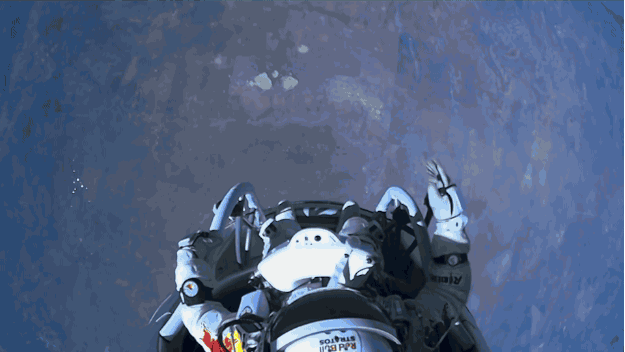Science facts: Firenados are a thing that happens
Wanna discover amazing science facts: Firenados are a thing that happens. Keep reading on to know
1. Firenados are a thing that happens.
Firenados are fairly self-explanatory and completely terrifying. They are tornadoes that are full of raging hot flames. They occur during wildfires, which, due to all that rising hot air, create their own massive winds, which can pull more oxygen into the fire, making them stronger as they pull the flames high into the sky.
2. The tallest known cliff in the Solar System is on Uranus’ tiny moon Miranda.

Uranus’ tiny moon Miranda has a cliff named named Verona Rupes that is estimated to be up to 10 times the depth of the Grand Canyon. Due to Miranda’s low gravity and the height of the cliff, it would take a full 12 minutes to jump off of this thing. It remains unclear why such a small object would have such a ragged surface.
3. There was a time when dragonflies the size of seagulls terrorized the Earth.

These bad boys were named Meganeura and were closely related to living dragonflies. They lived around 300 million years ago and preyed on smaller insects. How and why such large insects could develop at that time is still an open question.
4. All the planets of the Solar System could theoretically fit in the space between Earth and the Moon.

5. An entirely new system in the human body was discovered thanks to weed.

It’s called the endocannabinoid system, and it’s in yo brain. It just so happens that the chemicals in pot target this system exclusively. In fact, it was our understanding of those plant-based chemicals that led to the discovery of the endocannabinoid system in the mid-1990s. It plays a role in pain, learning, appetite, and a whole variety of other things, too.
6. Male koalas have two penises and female koalas have three vaginas.
The males of most koala species have a bifurcated penis — essentially that means they have two penises. A female koala has two “lateral vaginas” which transport semen, and a third “medial” vagina, which their young travel through during birth.
7. Russia is bigger than Pluto.

When it comes to surface area, Russia takes up a whopping 6.6 million square miles. Pluto, on the other hand, has a surface area of only 6.4 million square miles.



